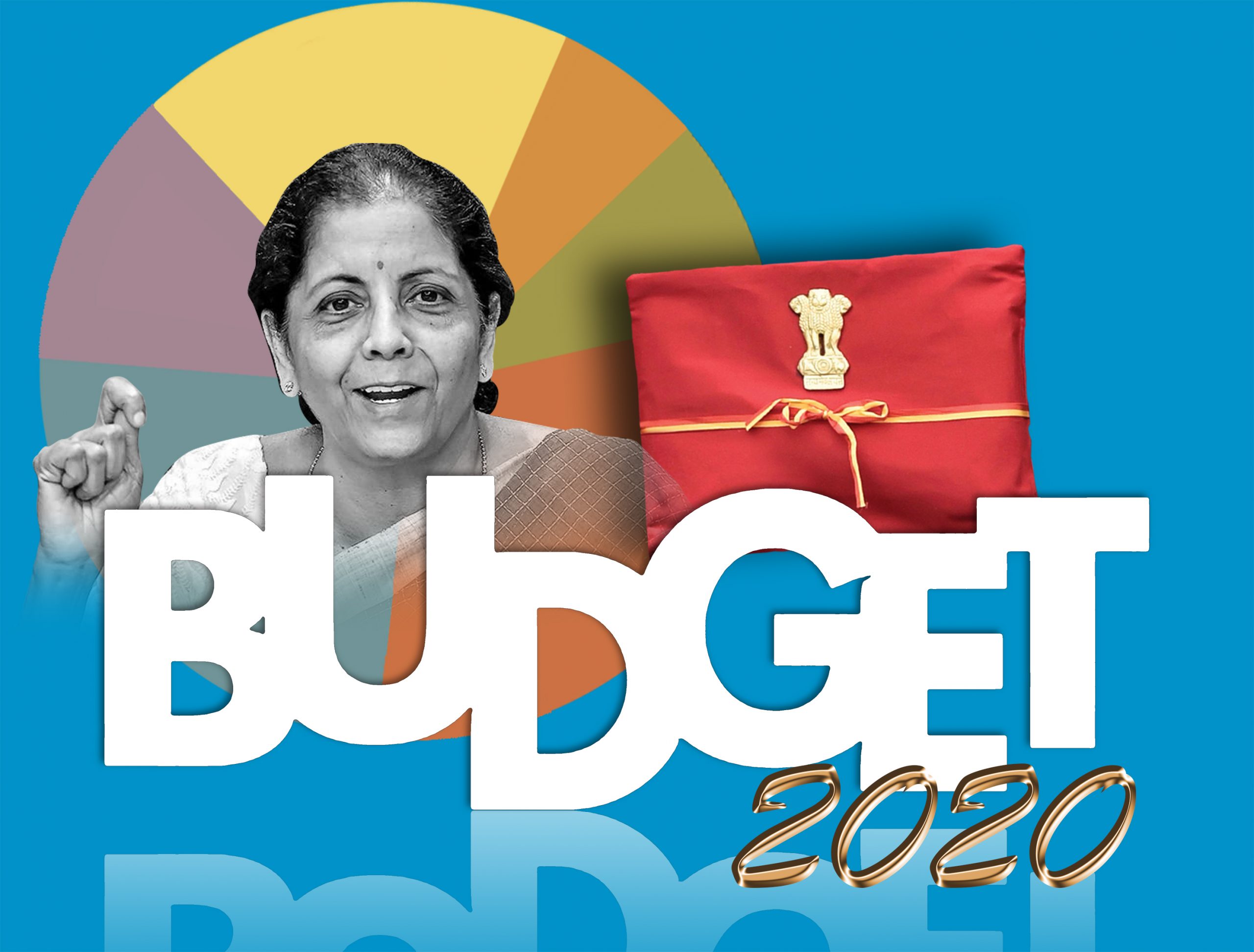Kishore Desai
Economic analysts have increasingly started relating the movements of stock markets as a commentary on the nature of Union Budgets. In case markets cheer the Union Budget, they largely perceive it as positive and good for economy and growth. If markets go down, the perception about the Budget turns negative. Interestingly, this year, the markets first dropped considerably on the day the Finance Minister presented the Budget and then staged a remarkable comeback to more than recover all its losses in the subsequent trading sessions. One of the reasons of this behavior could possibly be that traders and investors did not find tax giveaways and freebies in the Budget which they were expecting. That explains the reactions of investors on the Budget day. However, over the next few days, as they digested the details of the Budget, their perception turned the other way around, and that too decisively. The following quote from a recently published article highlights this point – “The budget did not mention long-term capital gains (LTCG) tax, which was largely expected but it did introduce new personal income tax regime, scrapped dividend distribution tax and increased FII investment limit in corporate bonds……It was made with a focus on country’s long-term story instead of short-term tweaks was the general consensus on D-street”.
Since then, the Union Budget 2020, has been welcomed by most stakeholders and economic analysts. Infact, a careful assessment of the Union Budget 2020 clearly indicates that the government has not gone for some half-baked short-term mechanisms to make the Budget popular amongst a few. Instead, it has put in a bold attempt to present a comprehensive approach to build the economy from a long-term perspective. The following themes and focus areas clearly stand-out in this regard.
Well-structured and carefully thought-through development vision: The Budget articulated a well structured and carefully thought through development vision of the government. As announced by the Finance Minister, the Budget weaves its policy proposals around three prominent themes: i) Aspirational India, ii) Economic Development and iii) Caring society. In doing so, the Budget presents a holistic vision of making India an inclusive society where everyone can not only access high standards of living, quality health, education, jobs etc. but, at the same time, the society where everyone lives is also humane and compassionate.
Accelerating agriculture and social development: The Budget made a number of policy announcements focused towards accelerating the development of agriculture and social sectors in India. For agriculture sector, a comprehensive 16 point action formula was announced with a goal to bring more prosperity for our farmers and to make agriculture modern, efficient, diversified and sustainable. For funding these actions, the Budget also allocated a generous sum of Rs. 2.83 lakh crores, which is one of the highest in the recent past. Important initiatives were also announced to accelerate reforms in social sectors particularly health and education. The notable measures included facilitating PPPs to create quality healthcare infrastructure in Tier II, Tier III cities and aspirational districts for poor people and charting a path for a new Education Policy. Not only did the Budget announced these initiatives, but by providing for mechanisms such as healthcare cess, the government has shown that it is thinking through critical aspects like funding and therefore quite focused on making them happen.
Creating an enabling environment to boost investments in the economy: In December 2019, the government had rolled out the National Infrastructure Pipeline. It targeted an investment of INR 100 lakh crores by 2025 across several sectors including physical and social infrastructure. The Budget deftly attempted to make India an attractive destination for domestic and foreign investors to fund the above ambitious investment targets. In this regard, several proposals were announced that included rationalization of dividend distribution tax, specific exemptions to sovereign wealth funds, lower tax for power projects, infusing additional capital to improve project finance/debt availability in the market etc. The government also stated that it will continue to create more space and opportunities for private sector so that it can infuse higher productivity and efficiency in the economy.
Ease of living and Ease of business: Another crucial theme of the Budget related to its stated priority about making India a simple and easy place to live and to do business. To achieve this, the Budget made references to some creative proposals such as: (i) creation of an “Investment Clearance Cell” to provide end to end facilitation and support to startups and investors, (ii) rationalization of personal tax regime and paving a path to make it simple, clear and less costly for all individual tax filers and c) efforts to ensure speedy disposal of commercial and other disputes and strengthening the framework for honoring contracts.
Fiscal prudence and avoiding temptation to give freebies: To fund its various proposals, the government resisted taking the easy fiscally profligate way. Instead, it chose the path of fiscal prudence, keeping the deficit at reasonable levels and preferred to push ahead with getting more private capital and global investors in the economy. It also announced that it will leverage disinvestments to augment its own resources so that the funds so raised can be ploughed back for productive economic gains.
If one accepts that India, given the recent turbulence in the economy, needs specific, tangible, sustained and tough-humane steps to get its economy back on track, then the Budget 2020 clearly attempts to pack all these elements into one coherent holistic strategy. By all accounts, this Budget has succeeded in articulating a holistic vision to create an aspirational, developed and caring India. Given that policy-making is nowadays a round-the-year phenomena, rather than limited to one golden day (i.e. the Budget day), one should reasonably expect more policy action in the days to come.
(The author is a public policy professional and a former OSD at Economic Advisory Council to the Prime Minister (EAC-PM) and NITI Aayog
(The views expressed are the author's own and do not necessarily reflect the position of the organisation)

